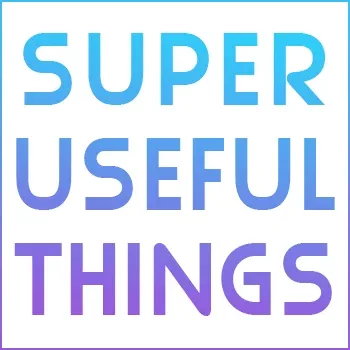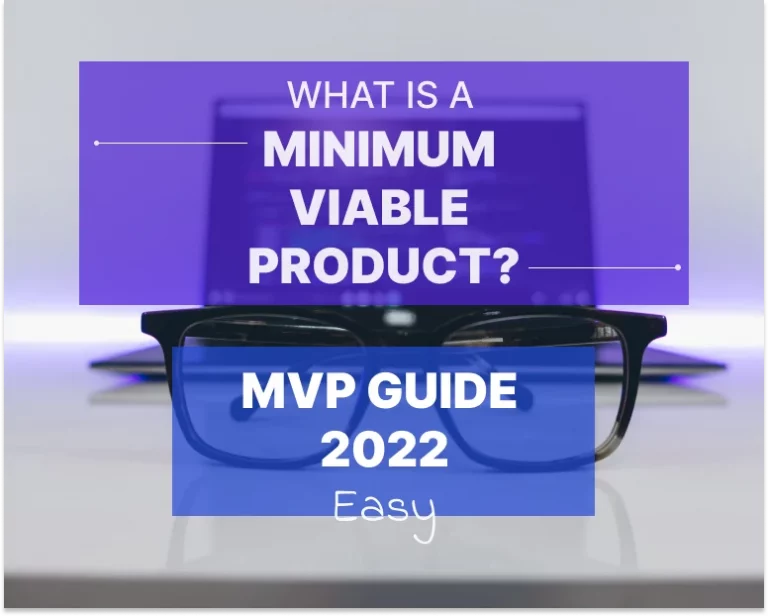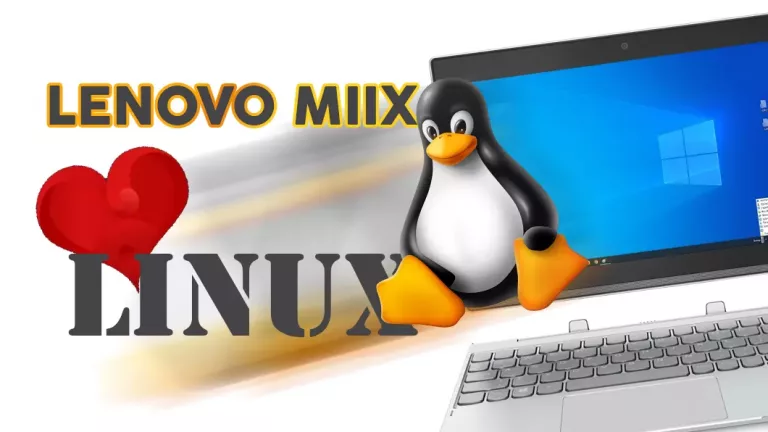First-time Product Owner/Manager (Guide 2022)
You are a new or first-time Product Owner, Project Manager, or Product Manager? A new position can indeed be very stressful, especially if it is your first time working in this role. Let’s get you ready for this and see what you can expect from your first 1-2 Weeks and further on.
The title of this guide (First-time Product Owner/Manager (Guide 2022)) suggests already, that it is primarily aiming for people who have probably not worked deep in project management before.
It’s most likely you have previously worked as a business analyst or so-called requirements engineer, or UX designer, or else as a software developer.
No worries! Let’s find out on how you can best get through your First-time Product Owner/Manager in 2022
What to watch out for, what not to do, and how to settle into your new role.
IS THE SCRUM GUIDE THE ANSWER FOR FIRST-TIME PRODUCT OWNERS/MANAGERS?
I’ve done a lot of research on the topic of getting started as a product owner.
Unfortunately, almost all posts and contributions recommend to first internalize the Scrum Guide and learn all the PSPO content. That’s all well and good, and it should be done as preparation.
(Assumed you work with Scrum – very few “Scrum Teams” really work exactly according to this methodology).
However, when you sit in your first team meetings, you realize that empathy, individual concepts, and adapted methods are more in demand than bare theory.
People are dynamic, emotional, and complicated – THAT is not told to you in the Scrum Guide.

Let’s see how it works in real life, and how you can quickly get into your role.
The term product owner comes from the agile framework scrum, but nowadays it is equated with project manager or even product manager in almost all aspects of software development.
This may not always make sense, but it shouldn’t matter to us, because just having a title on a piece of paper doesn’t define our day-to-day professional lives.
Many of us have probably worked in something called scrumban – a mixture of scrum and kanban.
You probably won’t know what to expect in your new team until you start your job.
What you do with it then is crucial for success or failure.
The 2 Scenarios you start in
- You join a new team, or the team is under construction.
In this case, you have “the freedom” to design your process the way you want it. You can use the techniques that make the most sense to you and help shape the culture within the team. - You join an existing team, replacing the current product owner.
This case is daunting for many first-time product owners.
You don’t know exactly what is expected of you, you measure yourself against the work of your predecessor, you orient yourself on his processes, without knowing if they were successful or if they performed badly.
In any case, at first, you appear as something like the coordinator, I don’t want to say the boss, even if the scrum guide clearly defines that the product owner is equal to the developer, in reality, it is usually different, and he is first perceived as an authority in the team.
It is expected that you coordinate, distribute tasks, and communicate your vision.
What is the best way to start?
- Get an overview (or overviews)
- Craft a strategy
- Establish consistent communication
- Master your tools
- Measure success
- Ask!
1. Get an overview of everything thats important for Product Owners and Product Managers
About what huh?
First, we look at the product. Here we look at it from all angles and ask ourselves the questions
- What is the value of this product?
- Who builds it? ( What kind of company)
- Is it a product that is born from an idea, or from a necessity (e.g. legal requirement), or is it a product purely to make a profit with proven competitors.
This has a big impact on the motivation of your team and how your managers will communicate with you. - Another thing we want to look at is our target audience, who are we developing this product for.
You can get this info from your UX researcher.
If this is a very new project, and this info doesn’t exist yet, it’s your job to initiate this research. - Who is developing this product? This brings us to the team.
I don’t just mean the skills (they should be there), I mean the mentality and the team culture.
A very big part of your success depends on how well your team plays together.
In some teams, you have a scrum master who will help with team building/strengthening. But in many cases, you are the people manager and steer the team.
This brings us to point 2.
2. Craft a product strategy
What do I mean by strategy?
On the one hand, you should develop your product and lead it to success, and on the other hand, you have to communicate properly on a personnel level to get your team to implement this project the way you have thought about it.
The main goal in terms of team development in 2021 should be that your team works autonomously.
It’s not your job to create tickets and work items, but to get your team to take ownership of their work.
But everyone tells me that I have to write stories and so on.
Yes, that may have been true at one time. But it shows that you can’t articulate your vision and expectations for the team’s outcome.
You hire programmers because they can program. You hire UX designers because they design the application for the user. You hire business analysts so that users and developers get exactly what they need to do their jobs.
Why would you want to tell these people exactly what to do?
Todo:Focus on defining your product requirements, your vision so clearly that your crew can create their own work items and tickets.
They know best what is needed to do their work.
Of course, go through the backlog with them on a regular basis and help prioritize, because you are still responsible for the releases and the outcomes
But work towards increasing autonomy in the team as much as you can.
For the strategy topic, I’ll make another separate article and paste it here.
3. Establish consistent communication
This is an important topic that ties in with the idea of team-autonomy and efficiency.
You should consider how you communicate with the team.
This also depends on whether you are a remote team or work on-site in the office.
Depending on how your company is structured, you will have or get some extra tasks as you grow into the product owner role.
This generally leads to your calendar starting to burst at the seams, and you need to figure out a good way to stay as close to the team as possible while still managing your other tasks.
A few practical tips from my experience as a product owner, agile coach, product manager, or whatever you want to call it, that will make your workday easier and help you work effectively.
- No meetings before 10.00
→ The simple reason for this is that I like to start my day productive, and besides my key tasks, I try to prepare for all meetings I have on my calendar for that day.
On the one hand, this has the big advantage that you can start immediately in meetings, and directly determine a requirement for the outcome of the meeting, which (hopefully) leads to the meeting staying in the timebox for which it was intended.
On the other hand, we know from experience that meetings often last longer, it is sometimes not so easy to just counter your boss and end a meeting. - Always structure team meetings with an agenda, which you send out beforehand.
This has the advantage that you can let your developers prepare something.
Too often I’ve seen people come to meetings simply because they’ve been invited, but they don’t know what the meeting is about. This is of course useless and unproductive.
Therefore, tell people exactly what you expect from them in the meeting and what the outcome of the meeting will be. - People who have nothing to contribute to the meeting should be able to leave without feeling guilty aka, keep meetings as small as possible.
How often do you see people sitting in meetings, or sitting there yourself, bored out of their minds, hoping it will be over in a minute because the manager, XY is presenting the team’s OKRS from Honolulu, which doesn’t affect you one bit and which, if you were listening, you will forget as you walk out the door.
Todo: think about how you want to hold meetings and communicate this to your colleagues, they will appreciate knowing exactly what to expect and what to expect when you invite them to an appointment.
4. Master your product managing tools
As a new product owner, project manager, agile coach, product manager, or whatever, you should have a good set of tools and methods by hand that will let you do your work efficiently and effectively.
- Communication
- Planning & Monitoring
4.1 Communication
As we found out before, it depends on how your team works, on-site or remote. This of course has a big impact on the way you communicate.
The bigger factor that also limits you quite a bit here, hmm maybe limited is the wrong word, but at least dictates to you what tools are available to you is what tools your company uses.
This isn’t limited to just communication, but let’s take a look at the options from this category.
- Skype/Teams
- Slack
- Hangouts/Gmail
I often see Slack used in conjunction with G-suite.
At first, I was a bit skeptical about it because, just like in real life, it invites long discussions and thus lowers productivity.
What works well here is the combination with Google Meet.
Google Meet is Google’s video conferencing tool and has some cool features that make it very popular not only in start-ups or SMEs.
For example, you can record the meeting with a simple click and it will be added to the Google calendar entry after the appointment. So even people who didn’t have time can follow the event.
What makes slack and meet stand out is the integration of other tools, so you can easily create tasks during a meeting or integrate a whiteboard for discussion and brainstorming.
Create a strategy for how you want to communicate here.
A practical tip – my supervisor is always busy, and I mean always.
Sometimes he is not available for days.
If you can invite him to a meeting, he is usually unprepared and only listens with one ear.
If you notice from the beginning that you have such a boss, I will give you a good technique that will make communication more profitable for both sides.
If I have one or more major topics, a report, or a status to convey to him, I prepare a small presentation with slides (not too many), go alone into a google meet, explain the topics, questions, etc, and record the whole thing.
I then send this video to him and he can watch it when he has time.
There you can also describe exactly what you now need from him.
Works for me just fine.
4.2 Planning & Monitoring in agile context
A core part of your work as product owner/product manager / agile coach/ project manager is to plan well.
This includes creating a detailed roadmap for yourself.
This does not necessarily have to be done in your project management tool, but can be a separate document where you can write details and notes.
A technical roadmap, which can be derived from your architecture document, you create in the project management tool that your company provides you.
In most cases, depending on the size of the company, this will be
- Microsoft TFS (DevOps),
- Atlassian’s Jira
- Trello/Asana.
ToDo: Get a deep dive into the tool provided to you as soon as possible, look at best practices, or enroll in an online course, they usually go in an evening, or a weekend afternoon.
Do you have any tips? Yes! I’ll link you some stuff at the end of this guide.
While TFS & Jira are very complex tools, they are also very powerful tools. Used correctly, you can use them to track development, generate reports, and also support your team in the backlog.
The whole thing is also mobile-friendly. For my last road trip, I only had my cell phone with me and could easily support the team.
5. Measure Project Success
Measuring success is not only good for you and how you look in front of your boss, but also for your team to see where you can improve, and as motivation to see what you have accomplished in the last iteration.
As I described in the previous point, you should know tools and methods to serve facts on the table.
Reporting is one method here.
Depending on the project you develop differently, and therefore different OKRs, KPIs, or whatever you want to call it are useful for you.
You can measure velocity if you are working with scrum, cycle-time if it is kanban, and and and.
I will create a separate article for this, especially with values, on which you should optimize.

You can also measure success with praise.
Not every team member is as interested in the numbers you analyze for the project as you are.
For many, if you praise them for their work, it means they are successful.
Appreciate every part of the team’s work, because they are spending their limited time to make your project a success.
Over the time you will find our who in your team needs how much attention and appreciation for their work.
Emphaty will become one of the most important skills to drive over the finish line.
6. Ask the right questions
Don’t be afraid to connect with other POs/PMs/AGs. Be it within the company or even in groups/ in person on LinkedIn.
There is already an answer for almost every situation. Either somewhere or from someone.
If you are still unsure of your position, do not really find your way after 2-3 weeks, it may also be advisable to look for a mentor. Good mentors recognize weak points and give you tips on which skills you should strengthen in order to succeed.
I hope I was able to give you some insight and you were able to pick up some valuable tips.
Remember, everyone starts at some point, and everyone can learn project management.
Methodology, tools, and processes will be what you will have to learn the first time.
Later you will deal with team building, autonomy, conflict resolution, all the topics that affect people because software development is still something that is done by people.
Hope you had fun with this guideline, Good luck in your first weeks/month as a Product Owner / Product Manager !








One Comment
Comments are closed.